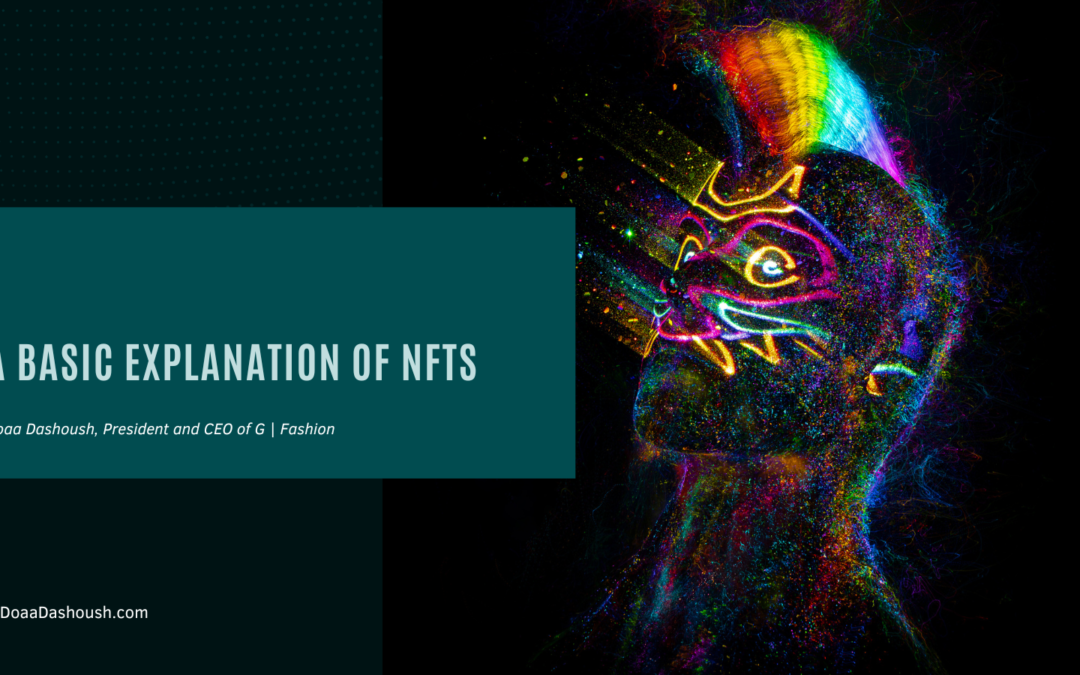Non-fungible tokens (NFTs) have been all the rage lately, and they’re selling for millions of dollars. They can be used for everything from art to toilet paper, and they’re being touted as a potential bubble that could burst. Whatever their future may be, read on to learn some of the basics of this unique investment option.
What, Exactly, Is an NFT?
An NFT is a digital asset that can be used to represent real-world objects such as art, music, and videos. It can be bought and sold online, and it’s usually encoded with the same software as other cryptocurrencies.
Although NFTs have been around since 2014, they’re quickly becoming more popular due to their ability to be used to purchase and sell digital art. In 2021, the market for NFTs was valued at over $40 billion. Unlike other cryptocurrencies, NFTs are not fungible. They have unique codes that can be used to identify them, and they’re typically one of a kind.
Unlike other cryptocurrencies, which have an incredibly high supply, NFTs have a relatively low supply. This means that they can be bought and sold without increasing the value of the asset. However, there are also NFTs that have already been created and are already available on Instagram and other platforms.
The main reason why people are willing to spend a lot of money on an item is due to its ownership. With an NFT, the buyer can actually own the original piece of art. Also, its built-in authentication allows them to prove their ownership.
How Do They Work?
Although some cryptocurrencies support NFTs, such as those made by Tezos and Flow, others do not. Because of this, the ownership of an NFT can be easily traced back to its creator. In addition, various types of digital goods can also be tokenized, such as music, art, and video stills.
Although an NFT can be added to the blockchain, its size doesn’t matter since it’s still separate from the underlying technology. An NFT doesn’t always have the copyright or licensing rights to the original artwork, but this doesn’t mean that it can’t be used to purchase or sell it. As the concept and technology of NFTs evolve, they could be used to represent other types of digital goods.
An educational institution could use an NFT to issue a certificate of educational achievement to students, which would allow them to easily prove their education. Or, it could be used to track event tickets.
NFTs vs. Cryptocurrency
Unlike cryptocurrencies, which are decentralized digital assets, NFTs are not fungible. This means they can’t be traded or bought and sold like physical money. Cryptocurrencies are like money–one bitcoin is always equal to another bitcoin. NFTs, however, vary in value.
Unlike cryptocurrencies, which are fungible, NFTs are not. They can’t be exchanged for one another due to their digital signatures. For instance, a video clip of an NBA player is not equal to another video just because they’re both NFTs.
Conclusion
Although there are many practical applications of NFTs in the future, they’re mainly used for the sale of digital art right now. According to Ceesay, a digital artist, the creation of NFTs has created a seamless process for artists who might not be able to sell their work on their own.
Aside from being used for the sale of digital art, NFTs are also being used by collectors to speculate on the value of rare items. Although some NFTs are currently worth millions of dollars, others may become worthless.
